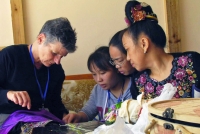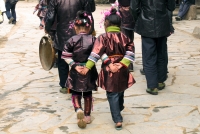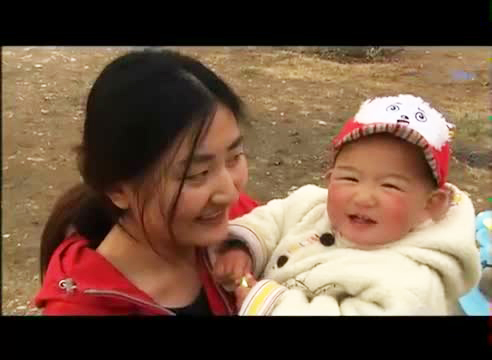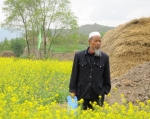

China
Asia
China
Capital Beijing
Population 1.3 billion
Life Expectancy 73.47
Access to clean water 88%
Adult literacy 90.9%
Under five mortality 20.25 per 1,000 live births
GDP per head (US$ PPP) $6,000

-
Country Fact Sheet
 This Fact Sheet summarizes the key achievements of the Joint Programmes in China.
This Fact Sheet summarizes the key achievements of the Joint Programmes in China.
China Joint Programmes Fact Sheet.pdf (185 KB)












